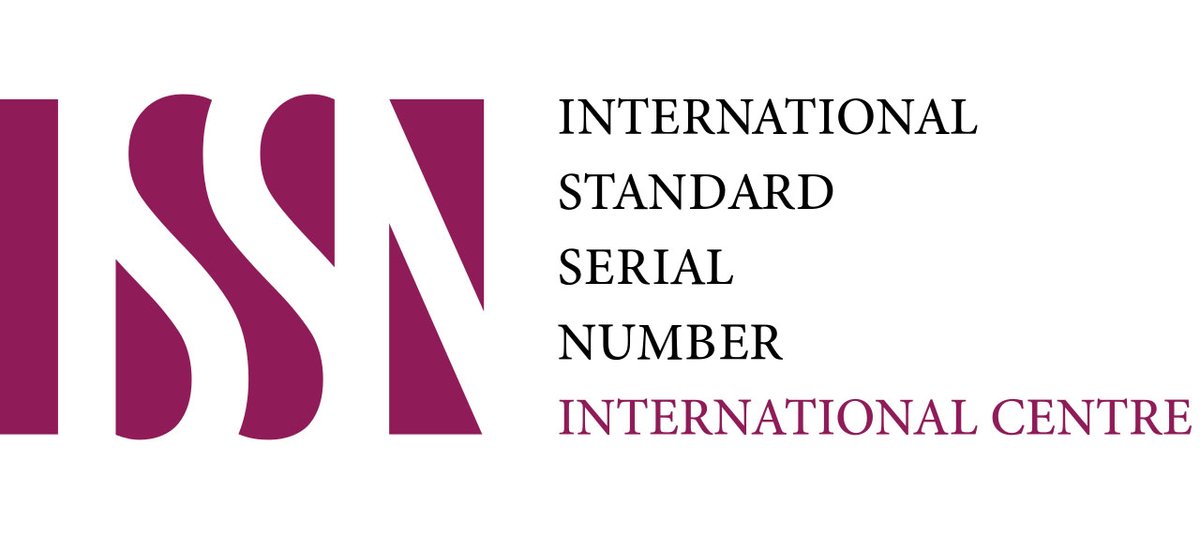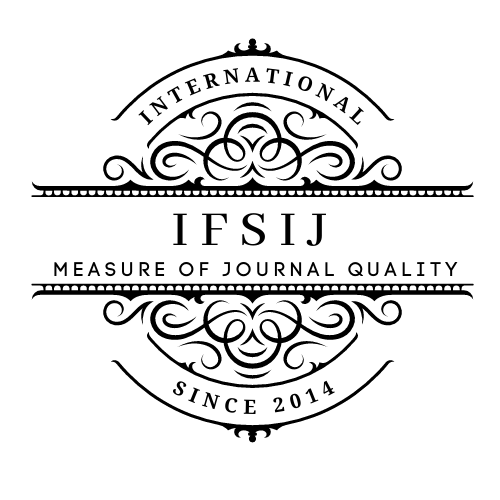MORPHOLOGICAL CHANGES OF THE THYMUSIS OF STILLBORN INFANTS AT 28-33 WEEKS OF THE ANTENATAL PERIOD
Keywords:
Thymus, morphology, involution, immunodeficiency, necrosis, apoptosisAbstract
Infant mortality in the antenatal period depends on the duration of the gestational period, and it continues most often in the 22-27, 28-32, 33–38-week period due to the violation of the integrated functional connection with the thymus and adrenal glands, which are not yet fully formed. Those who died from intrauterine infection in the antenatal period make up 78.2% of all babies and form the basis of our research. Lagging behind the morphological development in the pituitary gland: it is characterized by the fact that the cortex of the thymus covers a very small area of the medulla, and there are almost no lymphocytes. As the main morphological substrate of these changes, the size of the reticuloepithelial cells of the thymus cortical layer is small, the desmasomas are short and thick, the number of sparse fibrous structures connecting the spaces of the desmasomas in the perivascular areas of the cortical layer, it has been shown that the hematohistiogenic barrier has been brought to a functionally damaged state.
Downloads
Published
Issue
Section
License

This work is licensed under a Creative Commons Attribution-NonCommercial-NoDerivatives 4.0 International License.















